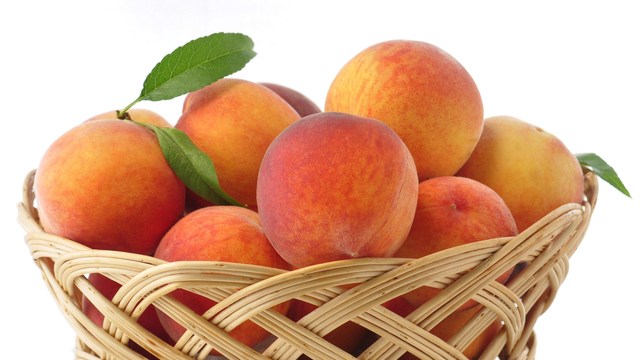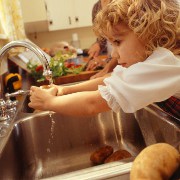The summer season is almost here and our culinary habits shift to outdoor grilling. The proper handling and cooking of meat and poultry is the principal way to prevent food poisoning any time of the year. The most common cause of food poisoning is harmful bacteria. The most common source is raw foods, especially meat and poultry. More than half of the raw chicken sold in the United States is contaminated with the Campylobacter bacteria. This organism lives in the intestines of healthy chickens. During the slaughtering process, Campylobacter comes in contact with the flesh of the chicken.
Following behind Campylobacter, Salmonella bacteria is the second leading source of foodborne illnesses in the United States. Eating undercooked meat or poultry causes Salmonellosis, which is the illness caused by the Salmonella bacteria. E. coli is a bacterium that is found in the intestines of healthy animals as well as humans. Cattle are the major source of human foodborne illnesses caused by E. coli. During the slaughtering process, E. coli comes in contact with the flesh the cattle. Outbreaks of E. coli food poisoning are most often linked to eating undercooked hamburgers.
Proper storage of meat and poultry is the first step in preventing food poisoning. Promptly refrigerate meat and poultry. The temperature in the refrigerator should be 40 degrees Fahrenheit or lower and the freezer should be set at 0 degrees Fahrenheit. Wrap the items securely to prevent leakage of meat juices. Cook or freeze fresh poultry, fish, and ground meat within two days after purchase. Other cuts of beef, lamb, veal, and pork should be cooked or frozen within three to five days of purchase.
Safe handling of meat and poultry is essential to preventing the spread of foodborne illnesses. Defrost frozen meat in the refrigerator not at room temperature. Placing the meat in a leak proof plastic bag, submerging in cold water, and changing the water every 30 minutes is an USDA approved method of defrosting. Microwave thawing is another safe method. Cook the meat or poultry immediately if using the cold water or microwave thawing. Avoid cross contamination of raw meat juices with other foods. Thoroughly wash hands, cutting boards, and utensils used to prepare raw meats. Use warm water and soap. Hard surfaces can be sanitized with a solution of one tablespoon of unscented liquid chlorine bleach in one gallon of water.
Meat and poultry need to be cooked at a high enough temperature and long enough to kill the harmful bacteria. An internal temperature of 145 degrees is recommended for roasts, steaks, and chops of veal and lamb. All cuts of pork, ground beef, veal, and lamb should be cooked until the thermometer registers 160 degrees. Ground poultry should be cooked to 165 degrees and whole poultry should be cooked to 180 degrees. Use a meat thermometer to be certain.
Sources: www.cdc.gov
www.organicconsumers.org
www.digestive.niddk.nih.gov






Add a CommentComments
There are no comments yet. Be the first one and get the conversation started!